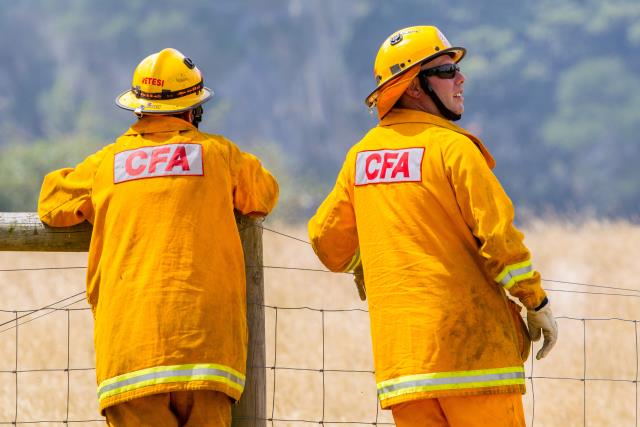A controversial proposal to use land in Lysterfield for the disposal of clean fill has moved a step closer to approval, following a key decision by the Victorian Civil and Administrative Tribunal (VCAT) last week.
In a preliminary hearing on 6 May, 2025, VCAT ruled that a Cultural Heritage Management Plan (CHMP) is not required for the site at 465 Lysterfield Road, despite strong objections from Yarra Ranges Shire Council and several community and environmental groups in Upwey and Knox.
Groups including Friends of the Glenfern Green Wedge Inc., Save the Dandenongs League Inc., Knox Environment Society Inc., Green Wedges Coalition Inc., and The Friends of Glenfern Valley Bushlands Inc. have long opposed the development, citing cultural and environmental concerns tied to the sensitive Glenfern Green Wedge.
The central question at the hearing was whether a CHMP was necessary under the Aboriginal Heritage Regulations 2018. Specifically, whether the drainage line on the site was considered a “waterway” and, if so, whether the activity met the threshold of being “high impact”. But VCAT decided to approach it from a different angle.
“The proposed use of the land has been determined by an earlier Tribunal to be the disposal of clean fill,” VCAT presiding Member, Judith Perlstein said.
“This use is not included in the list of purposes in regulation 46(b).”
“Given that the use of land for disposal of clean fill is not listed, it is not necessary to make a decision as to whether or not the proposal would result in
significant ground disturbance, because it can only be considered a high impact activity if it meets both subsection (a) and (b) and it cannot meet the criteria in (b).”
Because the development did not meet the “high impact” criteria under the law, the Tribunal concluded that a CHMP was not required, regardless of whether the drainage line was a waterway.
Melbourne Water, one of the referral authorities in the case, had argued that amended plans introduced a new land use, “utility installation” which could change the classification of the activity. But the Tribunal rejected this, pointing to a previous VCAT ruling in 2024 that had already characterised the use of the land.
“We are not satisfied that the question of land use can be revisited having regard to the circumstances as follows,” the Tribunal stated.
“The land use was characterised in the Tribunal decision of May 2024.”
“Absent any change to plans or any relevant grounds or intervening circumstances, there is no basis that would allow for a reconsideration of the use.”
It was also noted that Melbourne Water had not appealed the October 2024 order to the Supreme Court, and that no new plans or amendments had been formally submitted.
Still, the Tribunal acknowledged the concerns raised by local objectors. Carolyn Ebdon, representing the National Trust (Vic) Dandenong Ranges Branch, argued that the development should be considered high impact, even if the current regulations don’t explicitly list this kind of activity.
“The Tribunal has heard the submissions of other parties, particularly the submission of Ms Ebdon that the proposal should be considered a high impact activity and it appears that the way in which the regulations operate allow this to ‘slip under the radar’,” the Tribunal said.
“It is the case, as acknowledged by Ms Ebdon, that the way the legislation is drafted is confined to a list of uses and may not cover every appropriate scenario.”
“However, the AH Regulations as currently drafted are the regulations that must be applied by the Tribunal in this proceeding.”
The Tribunal also addressed what happens if artefacts are found on-site during development. Representing Yarra Ranges Council, lawyer Stefan Fiedler reminded the hearing that other parts of the Aboriginal Heritage Act still apply.
“While the proposal does not meet the definition of high impact activity and therefore preparation of a CHMP is not required,” the Tribunal said, quoting Mr Fiedler’s submission.
“Other elements of the AH Act and AH Regulations operate to ensure that if a permit is issued and during the process of use and development artefacts are found, there are processes in place to govern that situation.”
“It is also not open to the Tribunal to require the applicant to prepare a voluntary CHMP, as suggested by parties.”
The decision means the proposal will now return to a full merits hearing, with sessions scheduled across July and August this year.
While this ruling settles the CHMP issue, local groups remain deeply concerned about the broader environmental and cultural impact of the project.
The Tribunal reserved its decision on costs.







